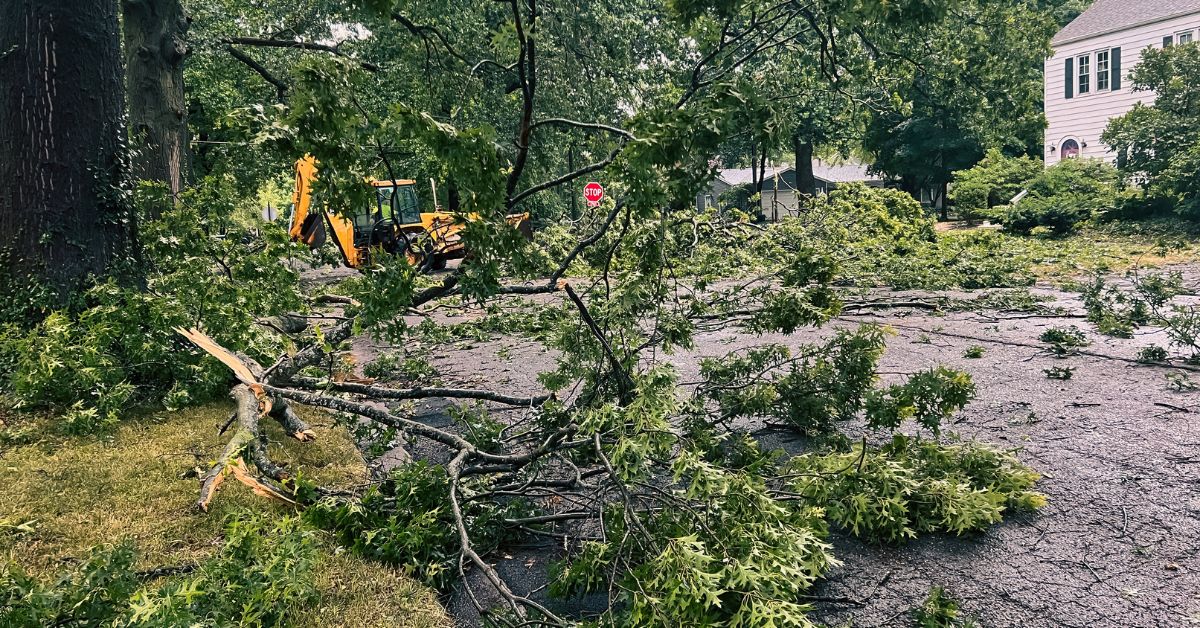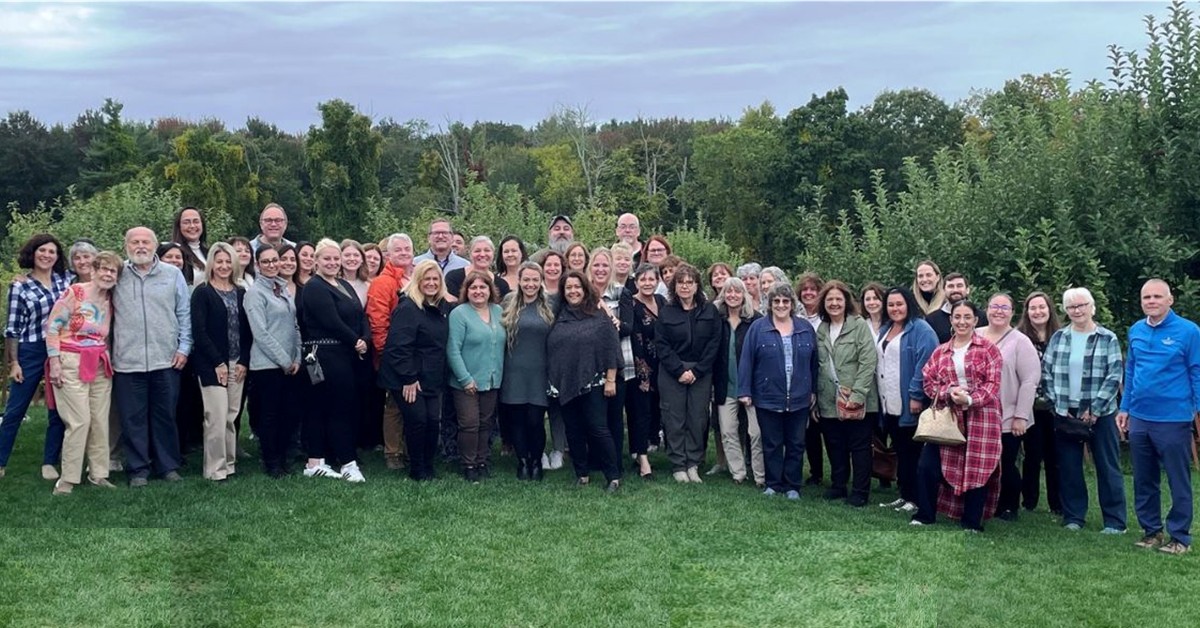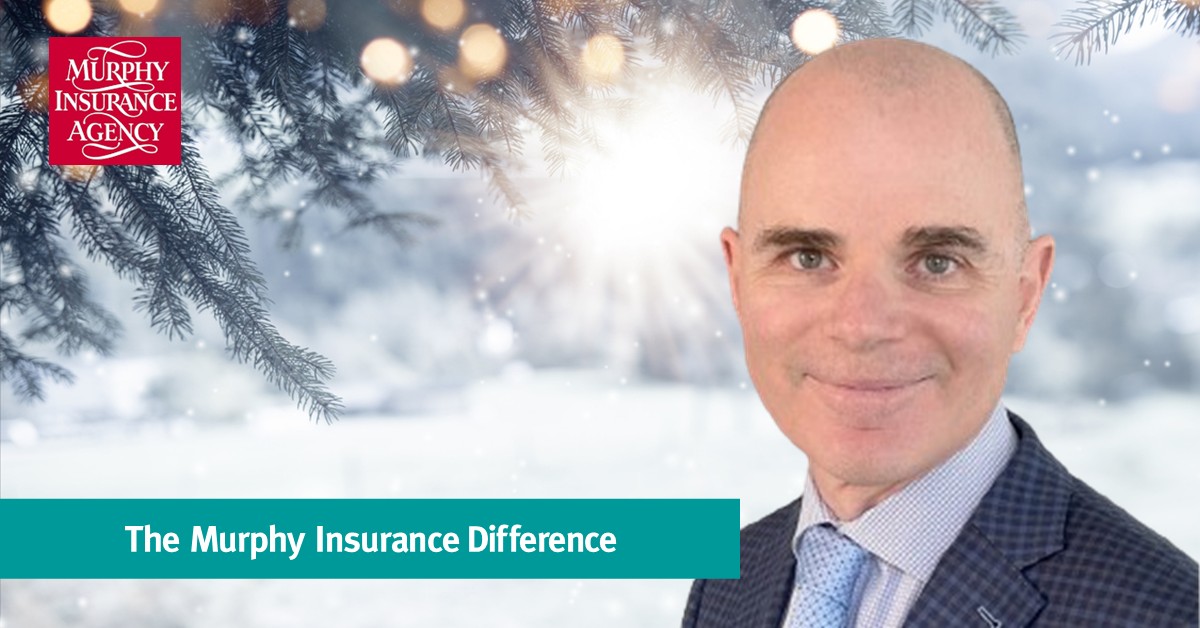
Wayne Texeira, Marketing Director, CFMP, AINS, AIS, API
At this time last year, Hurricane Irene had just hammered the Northeast, and soon thereafter, the freak October snowstorm hit Massachusetts causing major damage with downed trees and extended power outages.
Before Irene hit, I was on vacation in Maine. I had to rush home early the morning the storm came ashore to secure everything. My home rode out the storm unscathed, but unfortunately, I hadn’t checked my generator. When the power went out, I tried starting it without success and had to endure five days without power. However, I still consider myself lucky, given that so many people were without power for even longer, and it wasn’t winter when an extended power outage could cause frozen pipes.
The repair shop informed me that the generator wasn’t worth repairing. So, did I go and buy a new one immediately? NO. I procrastinated, as many of us do. On the morning of the October storm, I bought a generator at the last minute. I didn’t do all the research I intended to find the best model and price, but I was grateful to have control when the power went out and didn’t come on for four days.
After the October storm, my yard looked like a bomb went off. Huge branches were down everywhere, and cleaning up took days and days. Again, nothing hit the house, and no trees toppled, so I was lucky. When you work at an insurance agency, you see claims for trees hitting homes and cars, so I’m always aware that it could happen to me and realize that I’m fortunate, especially after a significant storm event. We buy home insurance for situations like these storms and other catastrophes that cause damage that would be financially devastating without an insurance safety net.
Yet, even when insured, it’s best to take precautions to avoid claims altogether. It’s great knowing that if a tree lands on your home, you’re covered, but it’s better to avoid having that tree land on your house altogether. Avoidance and prevention are the best ways to manage risk with insurance as your backup. Do you have a maintenance/prevention list? If not, then it’s something to spend some time planning.
My prevention planning this year involved cutting down eleven trees on my property. Some I could manage myself, but a few required hiring a tree service. Admittedly, it’s not cheap, but it’s better than having a hole in my roof that causes water damage or a tree falling on the wires running from the electric pole to the house. I also turned over a new leaf and started my generator every few months to keep it running smoothly. I don’t want surprises such as a malfunction in the dead of winter.
Now that fall is here, it’s the perfect time to make sure your home is ready for the upcoming winter. I’m slowly checking off my fall “to-do” list. If you’re looking for winter-proofing tips, check our article Is Your House Properly Winter-Proofed? Good Maintenance Can Prevent Damage to Your Home.
Ready.gov is an excellent resource for disaster planning information, too.
Hopefully, we all learned some lessons from Hurricane Irene and the October storm. Next year, I still have a few trees to remove and a list of ongoing maintenance projects. As property owners, we’re all in the same boat, but as Benjamin Franklin said, “An ounce of prevention is worth a pound of cure.”
Visit Our Homeowners Insurance Page
At Murphy Insurance, we take great care in assessing your options for homeowners insurance to ensure that you receive the most favorable value. Our dedication to serving you entails collaborating with highly-rated insurance providers and conducting comprehensive assessments of available choices. Our goal is to achieve the ideal equilibrium between affordability and coverage that suits your unique needs. Please let us provide you with a customized homeowners insurance quote.













